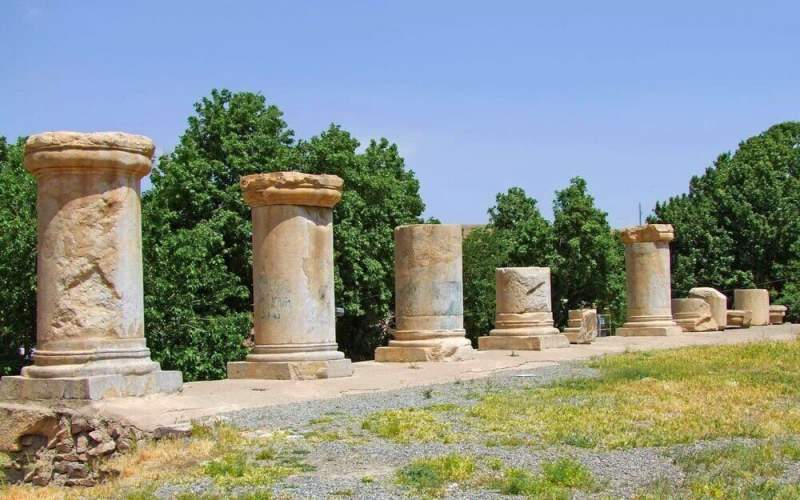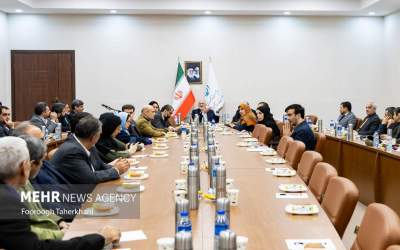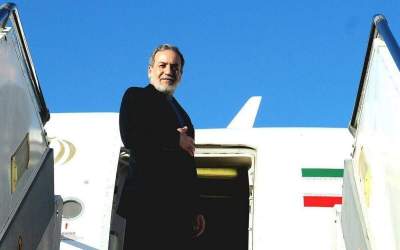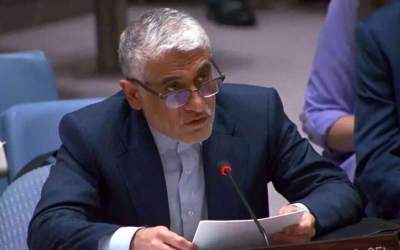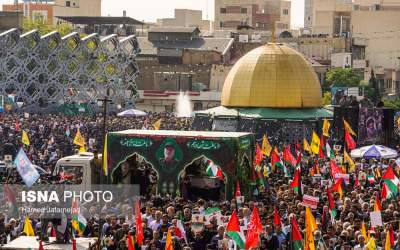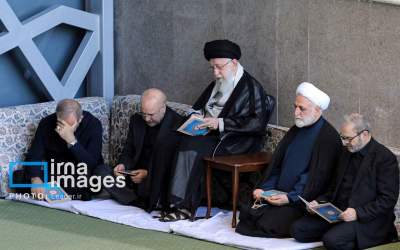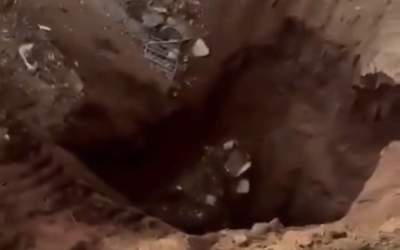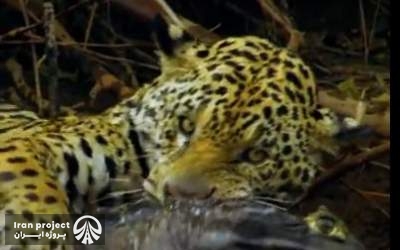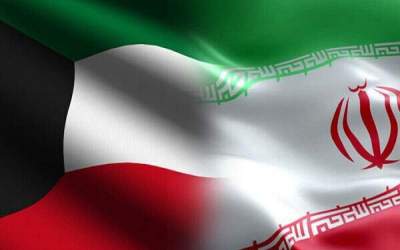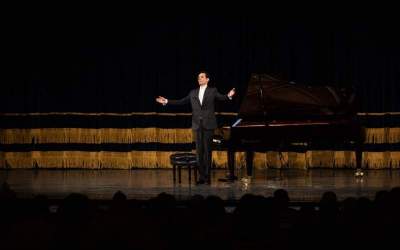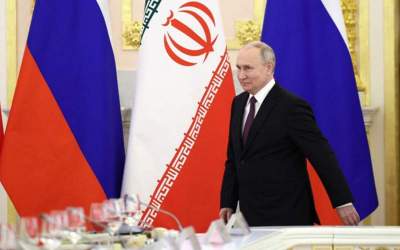The Iran Project
: Iran and Iraq will cooperate to inscribe the Sassanid cultural heritage shared between the two nations on the UNESCO World Heritage list, Iran's provincial official has said.
Friday 22 December 2023 - 15:28
Story Code : 409525
Source : IRNA
Sassanid landscape one step closer to UNESCO list
In Iran's history, the Sassanid era is of utmost significance. Persian arts and architecture underwent a general renaissance during the Sassanid era.
The palaces at Ctesiphon, Firuzabad, and Sarvestan, which are among the highlights of the ensemble, are examples of grandiose architecture that was frequently used.
In general, a Sassanid archaeological landscape shows a highly effective system of land use and strategic use of natural topography in the development of the first Sassanid cultural centers.
This Sassanid axis has a large number of significant works from the Sassanid period in several cities of the province, including Qasr Shirin, Sarpol-e Zahab, and Islamabad-e-Gharb, has taken place.
In 2018, an ensemble of Sassanian historical cities in southern Iran, titled “Sassanid Archaeological Landscape of Fars Region”, was named a UNESCO site. The ensemble comprises eight archaeological sites situated in three geographical parts of Firuzabad, Bishapur, and Sarvestan.
The World Heritage site demonstrates the best use of the terrain's natural features and attests to the influence of Roman art, which had a profound influence on Islamic-era architecture and artistic movements, as well as Achaemenid and Parthian cultural traditions.
Aside from architecture, other highly developed crafts included metalwork and gem engraving, but the state still supported the academic study. Works from the East and the West were translated into Pahlavi, the Sassanian language, during those years.
Reporter : Editorial of The Iran Project
# Tags
